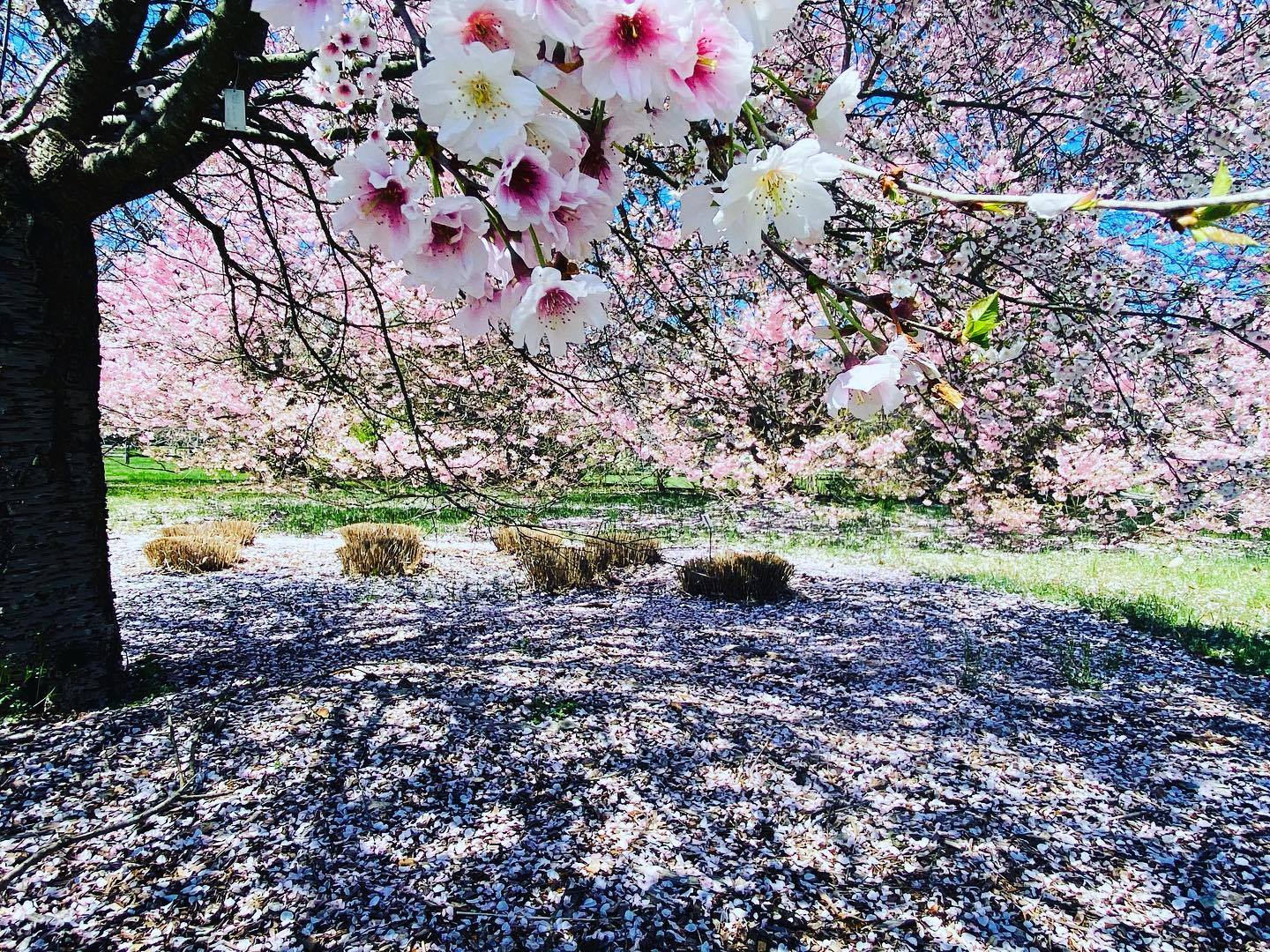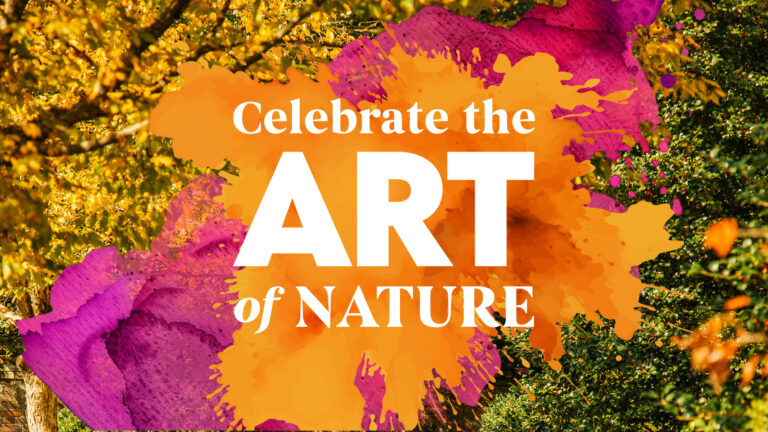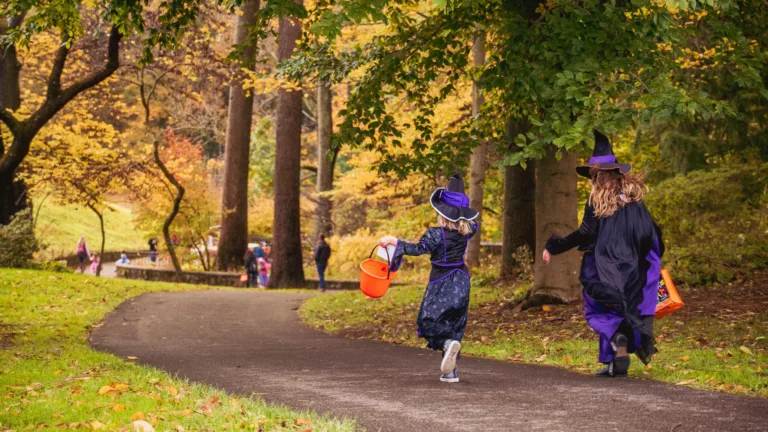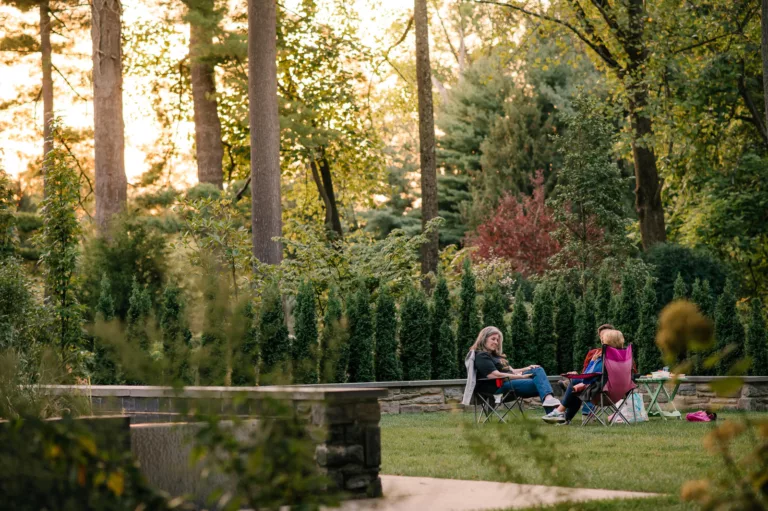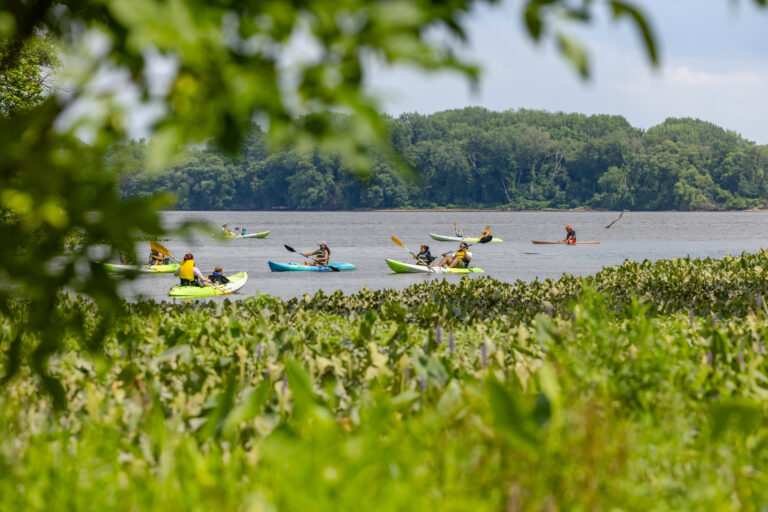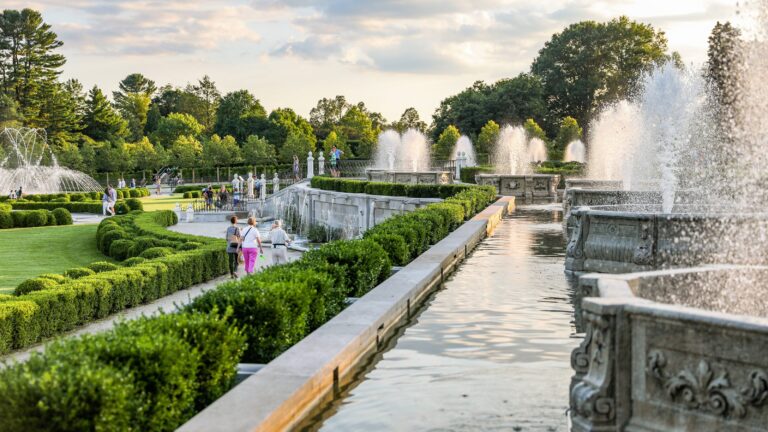Every spring, Philadelphia bursts into bloom with the soft pink hues of Japanese cherry blossoms—a tradition rooted in nearly a century of cultural friendship. These iconic trees trace their origins to a gift from the Imperial Japanese Government during America’s Sesquicentennial celebration in 1926. Since then, continued planting efforts have expanded the beauty of these blooms, inspiring annual celebrations like the Subaru Cherry Blossom Festival. Explore the rich history behind the cherry trees, their cultural significance, and find out where you can enjoy their breathtaking display across the city this season.
Every spring, Philadelphians can enjoy the beauty of blossoming Japanese cherry trees blanketing areas of Fairmount Park in breathtaking shades of pink. Philadelphians can engage in the traditional practice of Hanami 花見 ( “flower viewing” in Japanese), the viewing of cherry blossoms with friends, family, co-workers, while strolling, sitting or picnicking under the trees.

A Grand World Fair Brings Cherry Blossoms to Philadelphia
What may not be fully appreciated as much as the lovely blossoms are the historical origins of these trees, dating back almost 100 years to America’s sesquicentennial in 1926. In commemoration of the 150th anniversary of the founding of the nation, the Imperial Japanese Government gifted 1,600 trees to the city of Philadelphia.
The Sesqui-Centennial International Exposition held in Philadelphia in 1926 was intended to be a grand world fair reminiscent of the Centennial Exhibition held in West Fairmount Park in 1876. The1926 fair was located on newly-reclaimed marshland at the south end of the city near the Philadelphia Navy Yard. The new park, named League Island Park was later renamed Franklin D. Roosevelt Park. (Interesting fact: Young Louis Kahn, a who later became world-renowned architect, was the senior draftsman for the design of the exposition buildings).

Japan, as one of over a dozen countries who participated, built a national pavilion. The Japanese Sesqui-Centennial Exposition Commission sponsored exhibits of Japanese arts and crafts, including works of renown Japanese painters, cloisonné, basketry, and textiles as well as agricultural and industrial products.
The Japanese Pavilion was located on a prime site next to an existing classical cast-stone gazebo and overlooking a lake. In addition to the main building in the traditional Japanese style, there was a large open structure that served as a tearoom and restaurant. Because of its exotic style and beautiful vista, the Japanese Pavilion became a popular spot for taking tea and coffee.
In response to the request to all the participating governments for permanent displays of trees and flowers native to their country, the Japanese government donated 1,600 flowering ornamental trees at the commencement of its participation in the exposition.

The trees given by Japan were planted in Fairmount Park in early May 1926. The donated trees included flowering cherry, peach, plum, and crab apple, and were planted in several locations, including:
- Along East River, now Kelly Drive, near the Lincoln Memorial at Poplar Drive, and on the stretch of Drive between the Grant Memorial and the Columbia Bridge;
- Along West River, now Martin Luther King Drive, near the Belmont Pumping Station at the foot of Montgomery Avenue; and
- At the base of George’s Hill, between Belmont Avenue and the crest of the hill. This allée of cherry trees still ornaments the formal axis that radiates from the circle of the Catholic Total Abstinence Union Fountain and terminates at the Horticultural Center.
The trees were dedicated several weeks after the planting in a ceremony held in front of the Total Abstinence Fountain before a crowd of over 200 spectators. Participating in the May 21 ceremony were Matsudaira Tsuneo, Japanese Ambassador to the United States, and a delegation of Japanese officials. Philadelphia notables included Mayor Kendrick of Philadelphia, E. T. Stotesbury, president of the Fairmount Park Commission, and the former American Ambassador to Japan, Roland S. Morris. During the dedication, Ambassador Matsudaira remarked, “Many of my countrymen have returned from your city and have related wondrous tales of the kindness and hospitality of your people. To us your city has been what its name signifies, ‘brotherly love.’”
An editorial in the Philadelphia Inquirer (May 1926) noted that after the “palaces of steel and stucco at the Sesqui-Centennial” are long gone “the thoughtful gift of trees by Japan will be flourishing still.”


Continuing the Legacy of Cherry Tree Planting in Philadelphia
Since1926, there have been major Japanese cherry tree planting campaigns continuing the legacy of the original gift of trees. In April of 1933, the Women’s Washington Bicentennial Committee contributed and helped plant over 600 Japanese flowering cherry trees. Then, in April 1998, the Japan America Society of Greater Philadelphia launched a ten-year effort to replenish and expand the original plantings, beginning with a grove of 100 cherry trees on Lansdowne Drive, behind Memorial Hall, ultimately planting 1,000 additional trees in Fairmount Park.
As the number of cherry trees grew and the tree planting project began to attract more attention, Philadelphia became recognized as a suitable venue for a Japanese style celebration of spring. In 2003, Subaru of America, Inc., located just across the river in Cherry Hill, NJ, increased its support of the cherry tree planting project with title sponsorship, and the Subaru Cherry Blossom Festival of Greater Philadelphia came to be. This festival, celebrating Japanese culture – its arts, crafts and tastes, has grown to be a become a major rite of spring in Philadelphia. In recent years, the festival has expanded to a month-long series of special programs, culminating in a two-day “Sakura Weekend” (“Sakura” means cherry tree or cherry blossom) that has attracted 40,000 visitors.
During 2023~ 2026, with the sponsorship of Philadelphia Insurance Companies (PHLY), the Japan America Society of Greater Philadelphia will plant an additional 250 trees over three years to commemorate America’s semiquincentennial (250th) anniversary.

This article was contributed by Theresa Carney, Senior Director of the Japan American Society of Greater Philadelphia.
Where to See Cherry Blossoms in Philadelphia
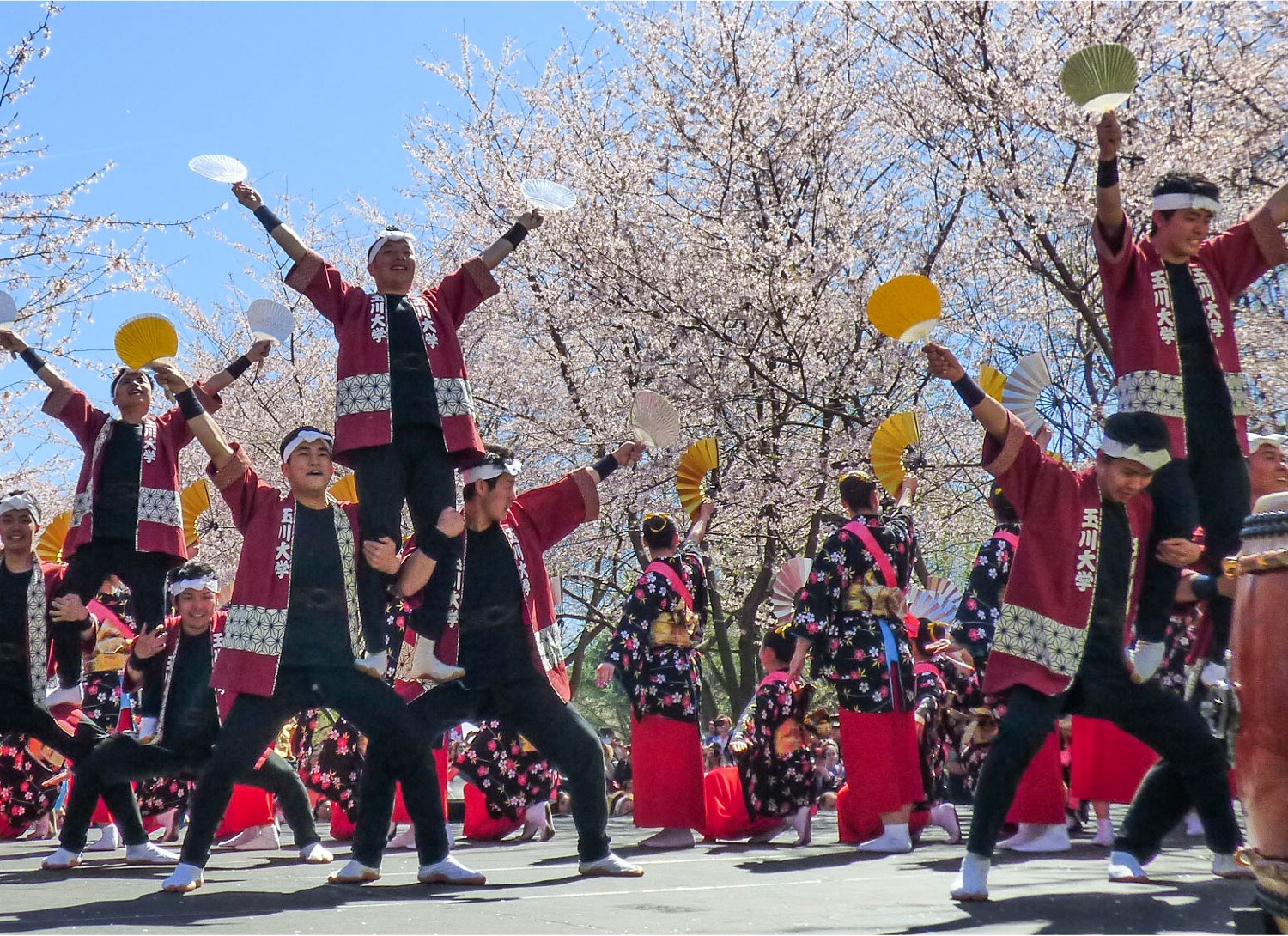
Morris Arboretum & Gardens boasts more 75 vibrant varieties of flowering cherry trees! Plan a visit late march through April for peak flower viewing. Download a guide to Cherry Trees at Morris here.
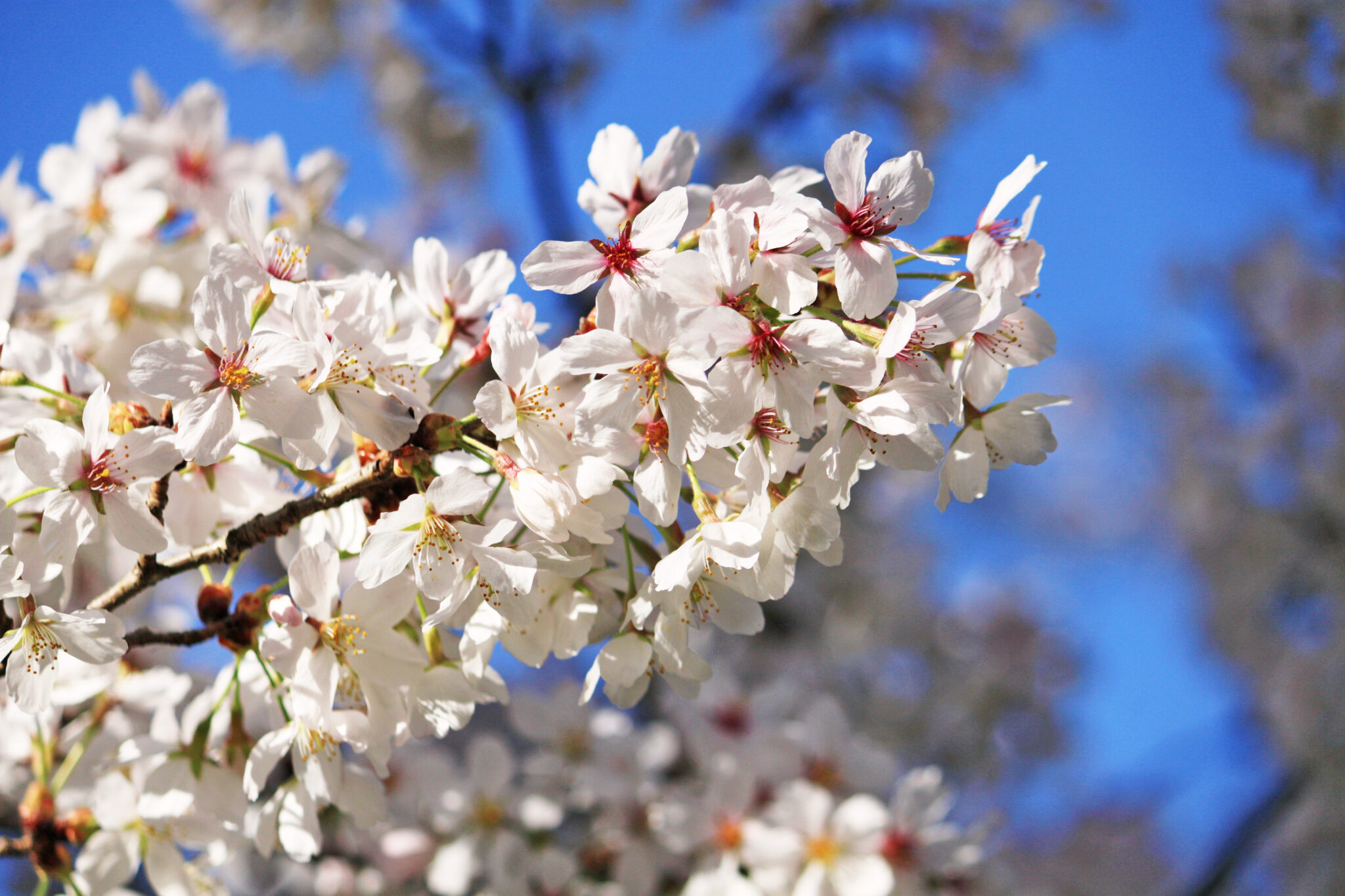
Plan a visit to this large, indoor-outdoor museum covering 235 acres. Don’t miss the E. I. du Pont Garden which includes a large collection of flowering cherries, among other spring blooming trees and shurbs.
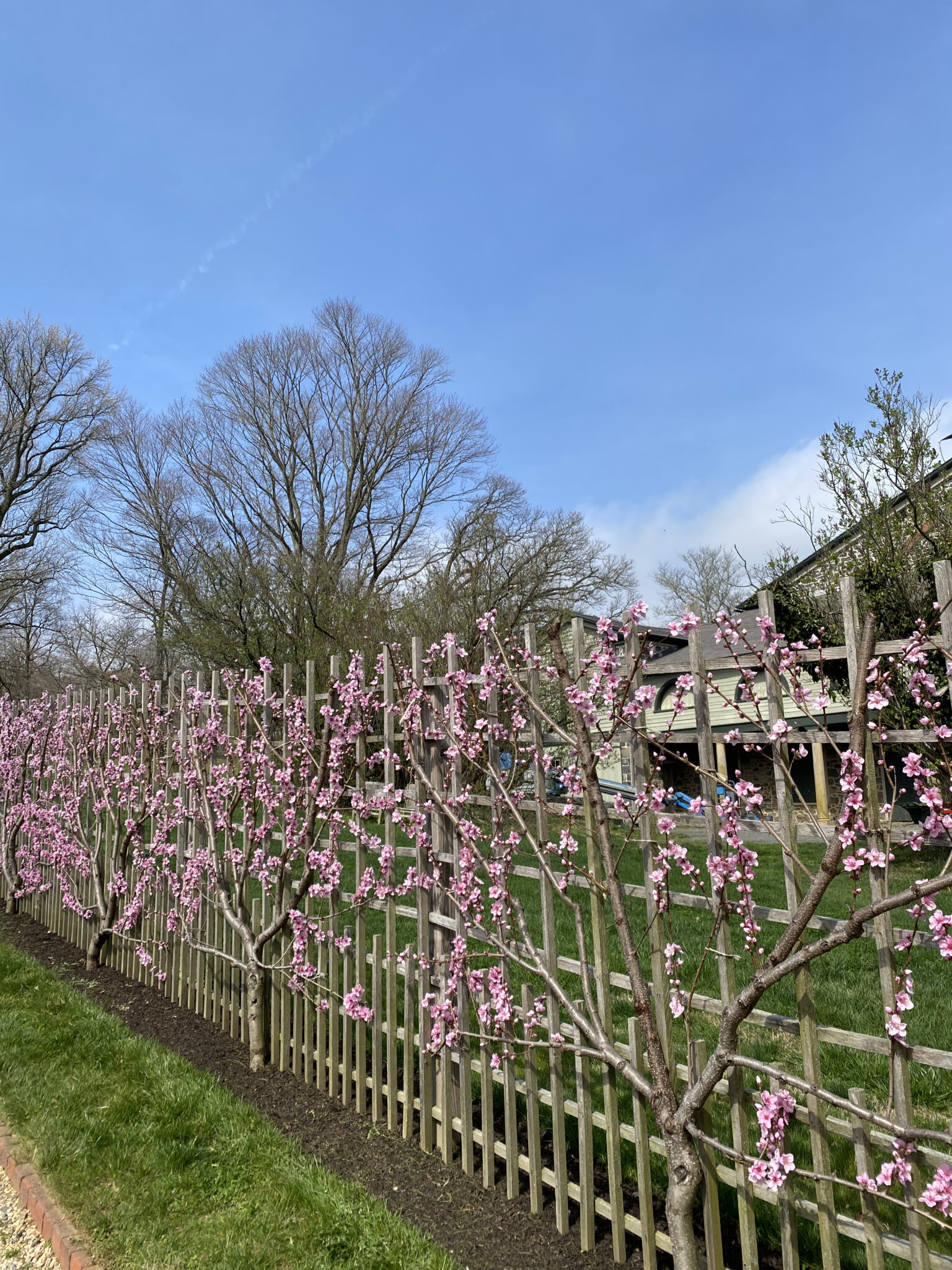
With 45 plants representing 23 species and varieties, Tyler Arboretum is an excellent venue to experience spring blossoms. Don’t miss the Yoshino cherry trees planted along Painter Road, which make a dramatic display in spring.
